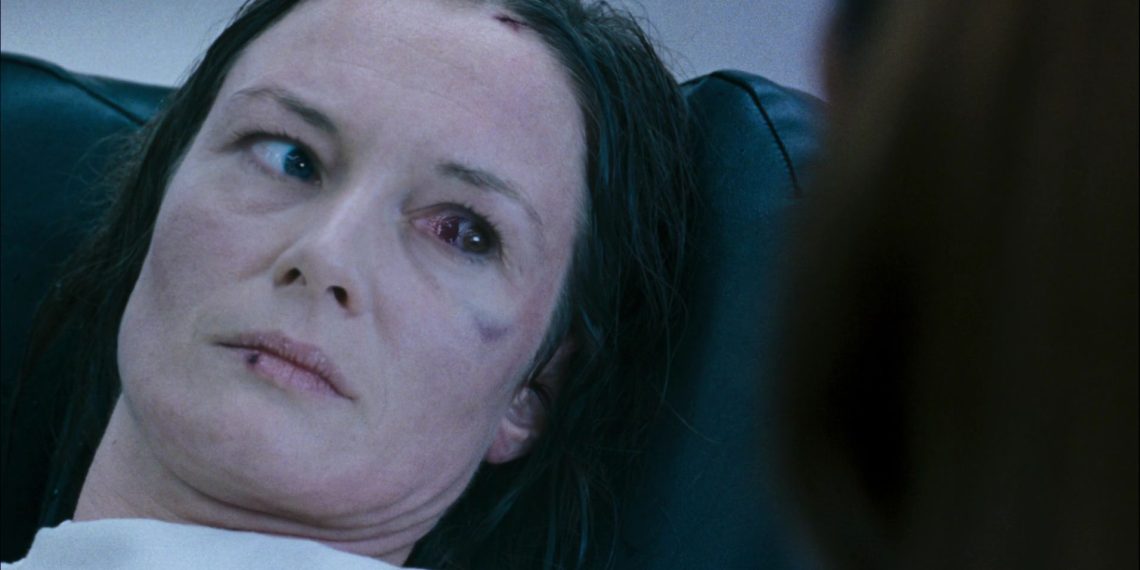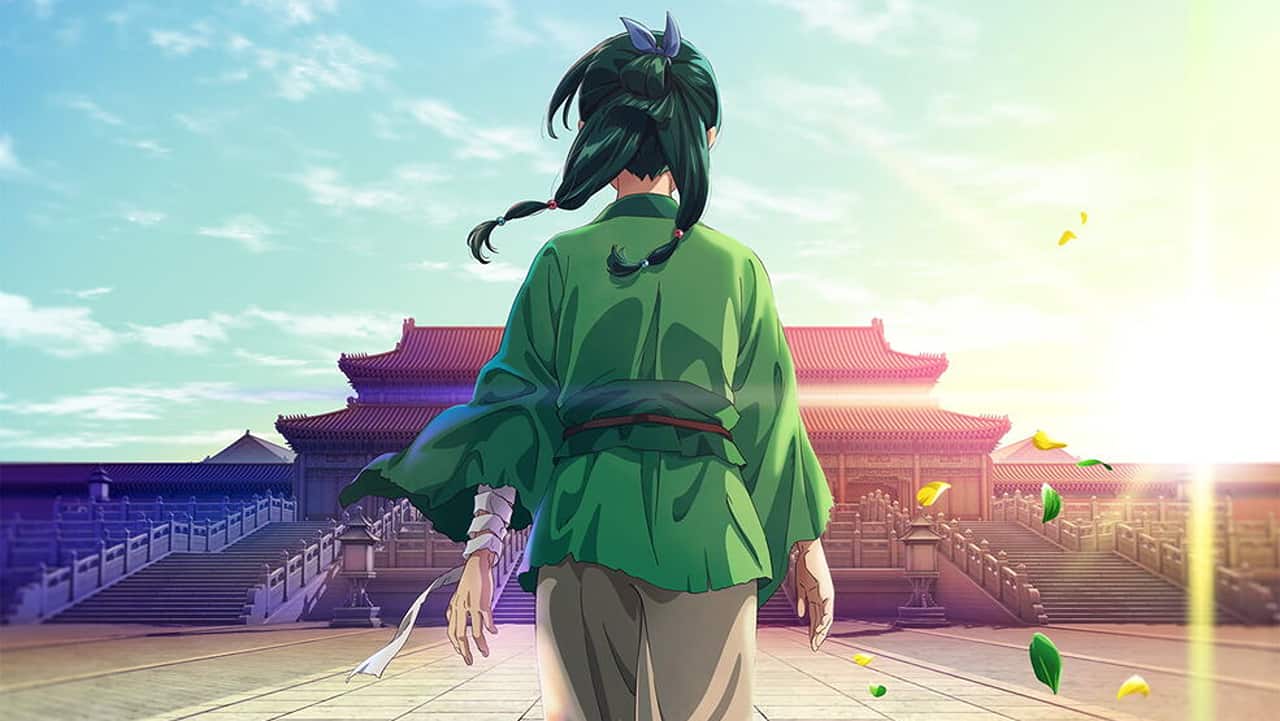When 28 Days Later hit theaters in 2002, it redefined zombie horror with its terrifyingly fast and aggressive infected. Instead of the traditional slow-moving undead, director Danny Boyle and writer Alex Garland introduced a world where victims of the Rage Virus became relentless predators. The infection spread after animal activists unwittingly unleashed it from a research facility, leading to a harrowing fight for survival. Boyle and Garland returned as producers for the 2007 sequel, 28 Weeks Later, which took the story in a new direction.
The first movie ends with a glimmer of hope as Jim (Cillian Murphy), Selena (Naomie Harris), and Hannah (Megan Burns) await rescue from international forces after the infected begin to starve. But rather than following their journey, the sequel shifts its focus to a fresh outbreak. It introduces siblings Tammy (Imogen Poots) and Andy (Mackintosh Muggleton), who return to London to reunite with their father, Don (Robert Carlyle), in a quarantine zone controlled by the U.S. Army. Unfortunately, their arrival sets off a catastrophic chain of events, proving that the nightmare is far from over.
28 Weeks Later Ending Explained
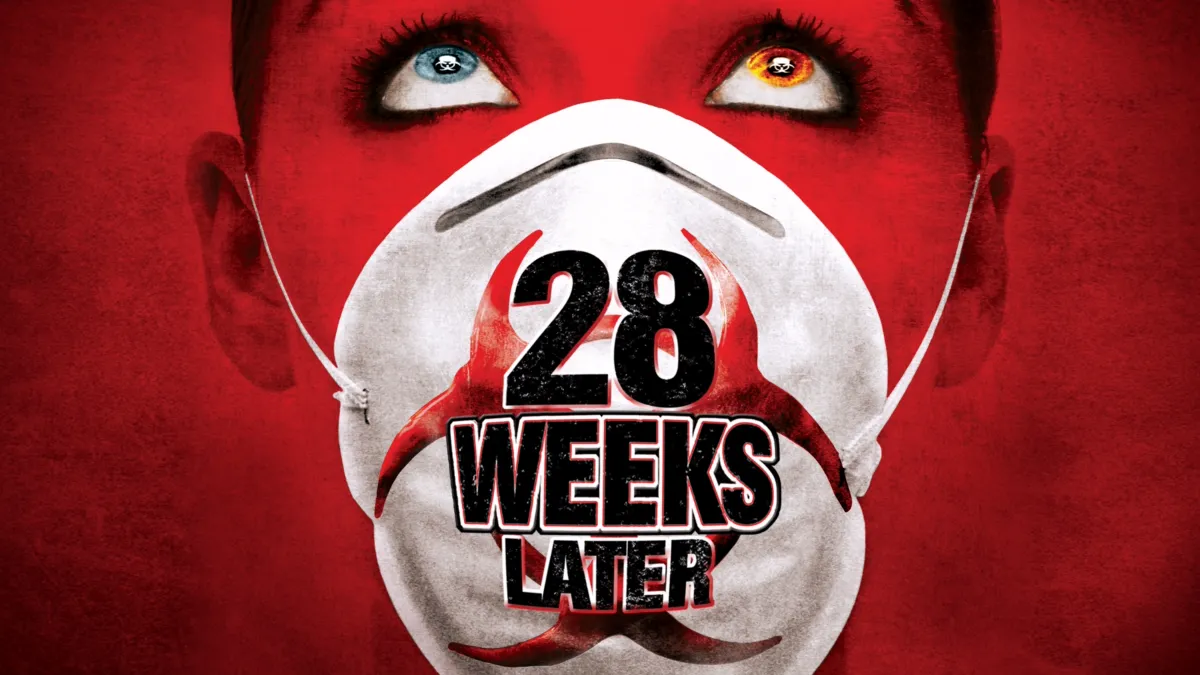
The Rage Virus resurfaces when Tammy and Andy break out of the quarantine zone in search of mementos from their past. Their father had told them that their mother, Alice (Catherine McCormack), died during the initial outbreak, but they soon discover that she’s alive, hiding in their old home. The surprising truth is that Alice possesses a rare genetic immunity—she carries the virus without showing symptoms, making her a walking biological time bomb.
When the military captures Alice and studies her, scientist Scarlet (Rose Byrne) realizes the potential for a cure for her immunity. But before they can act, Don sneaks in to see Alice. Overcome with guilt for abandoning her, he kisses her—unaware that she is a carrier. The infection spreads instantly, transforming him into a raging monster. What follows is a brutal massacre as Don slaughters Alice and attacks the military personnel, triggering chaos within the supposedly secure quarantine zone.
Don’s infection is more than just another tragedy—it’s poetic justice for his earlier cowardice. His decision to abandon Alice during the opening sequence of the film had already marked him as a selfish survivor. Now, he becomes the catalyst for another wave of death and destruction, making him one of the most consequential figures in the film’s brutal narrative.
Andy Holds the Key to Survival
As the infection spreads uncontrollably, the U.S. Army loses its grip on the situation. Panic and violence erupt as the infected flood the streets. But amid the bloodshed, Scarlet realizes that Andy shares his mother’s genetic immunity. This makes him humanity’s best shot at creating a cure. Determined to protect the boy, Scarlet and sniper Doyle (Jeremy Renner) risk everything to get Andy and Tammy out of the city alive.
Their journey is anything but easy. In a desperate bid to contain the outbreak, the military imposes a ruthless shoot-to-kill order, treating survivors as expendable. Bombs rain down on London, reducing it to rubble in a futile attempt to eradicate the infection. Doyle sacrifices himself to ensure the group’s escape, burning alive in a hellish firestorm as he helps them find transportation. His death is a stark reminder that survival in this world often comes at a heavy cost.
The remaining trio makes their way underground, seeking safety in the subway tunnels. But even in the darkness, danger lurks. Don, still consumed by the virus, tracks them down. He brutally murders Scarlet, leaving Tammy and Andy to face their father alone. The moment is emotionally devastating—Andy, despite his immunity, is still vulnerable to infection if his body succumbs to the virus. When Don bites him, it seems like all hope is lost.
But Andy’s resilience shines through. His body resists the virus, proving that he truly is immune. Tammy steps up, killing their father before he can do more harm. With no one else left to protect them, the siblings rely on each other as they fight their way toward an uncertain future.
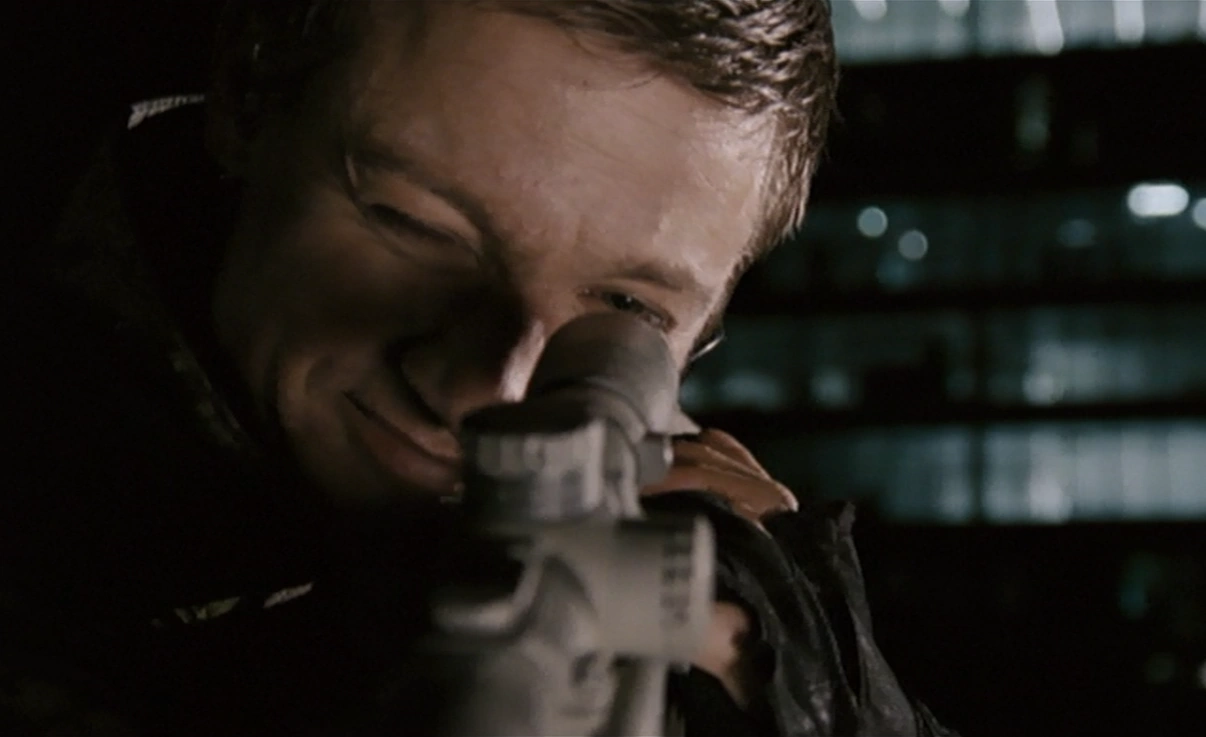
Escape From London
Their only hope of survival lies in reaching Wembley Stadium, where Doyle’s friend, Flynn (Harold Perrineau), waits with a helicopter. Although Doyle didn’t make it, Flynn chooses to evacuate the children, recognizing that Andy could be the key to stopping the virus once and for all. He flies them across the English Channel, heading toward France.
But the film doesn’t offer a neat resolution. In a chilling final scene, the abandoned helicopter is found weeks later. A French voice crackles through the radio, and the last shot reveals the infected charging toward the Eiffel Tower. The Rage Virus has reached mainland Europe, suggesting that the nightmare is far from over.
The open-ended conclusion leaves audiences with pressing questions. Did Tammy and Andy survive? Could a cure be developed in time? And with the virus spreading beyond Britain, what does this mean for the rest of the world? The bleakness of the ending reinforces the idea that even the smallest act of survival can have dire consequences.
The Future: 28 Years Later
For years, fans speculated about a third installment, but it seemed like a lost cause—until now. In early 2024, it was officially announced that 28 Years Later is happening, and not just as a single movie. Director Danny Boyle and writer Alex Garland are overseeing a full-fledged trilogy, with the first film set to release on June 20, 2025. The sequel, 28 Years Later: The Bone Temple, arrives on January 16, 2026, with Nia DaCosta taking the director’s chair. Details about the third film remain under wraps.
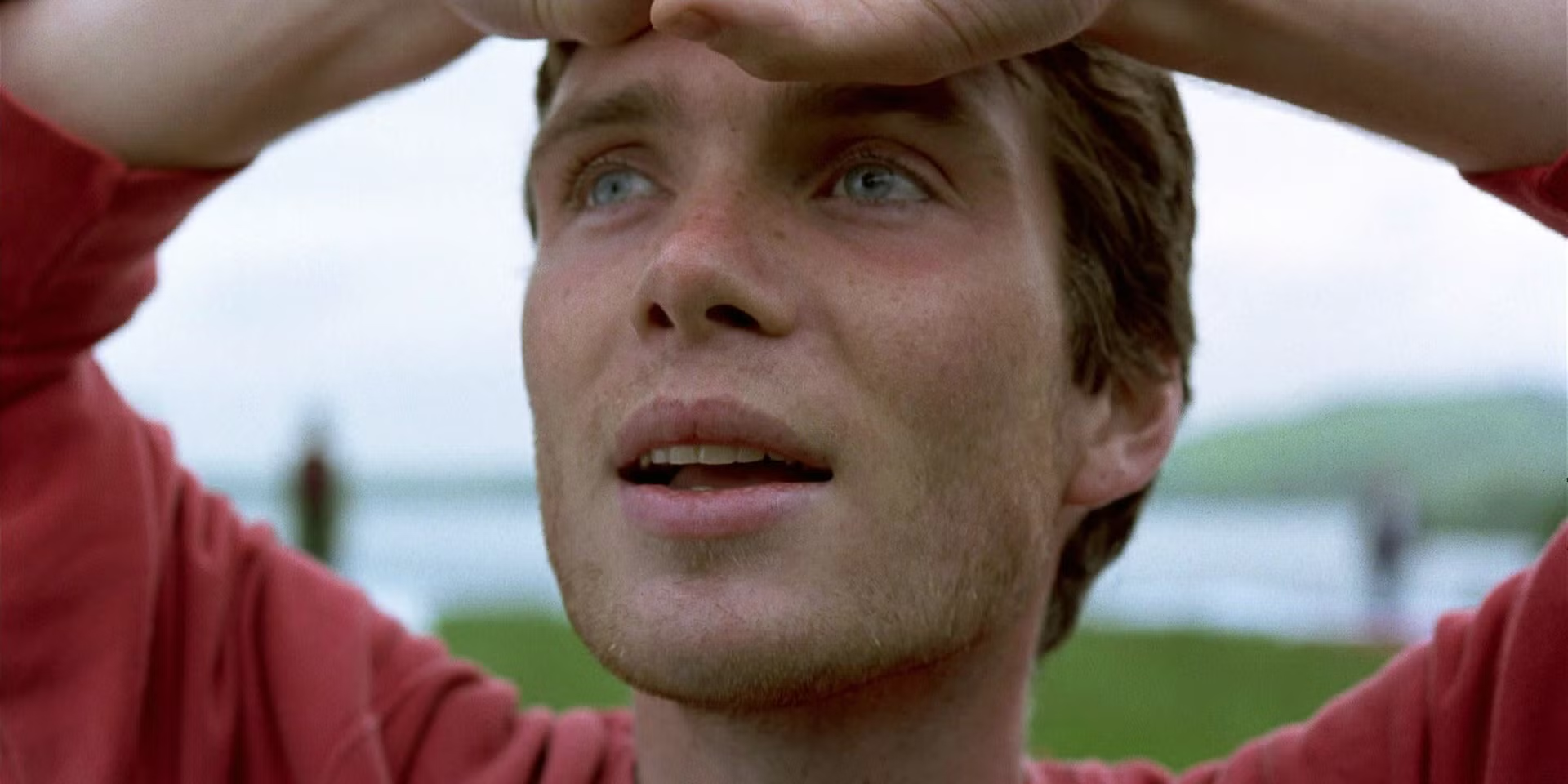
Cillian Murphy, the original protagonist of 28 Days Later, is returning, though his role remains unclear. However, the announced cast for 28 Years Later—including Jodie Comer, Aaron Taylor-Johnson, and Ralph Fiennes—suggests a fresh direction for the franchise. Notably absent are Tammy and Andy, meaning the new films may not follow their storyline or continue directly from 28 Weeks Later.
The first glimpses of 28 Years Later hint at a world where the Rage Virus has spread unchecked. The setting shifts to an isolated island community, connected to the mainland by a causeway. Life there appears stable, but glimpses of military factions and a mysterious religious cult called the Bone Temple suggest that civilization is still teetering on the edge of collapse. The scope of the virus’s devastation is likely to be more global, showing just how deeply it has shaped human survival over nearly three decades.

